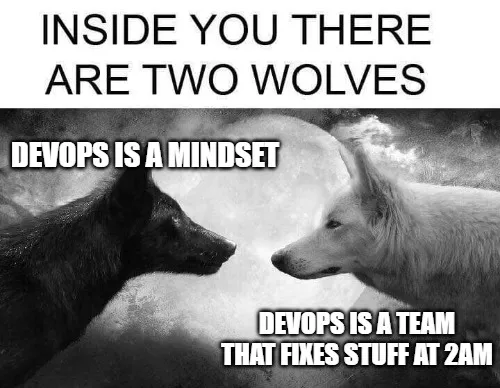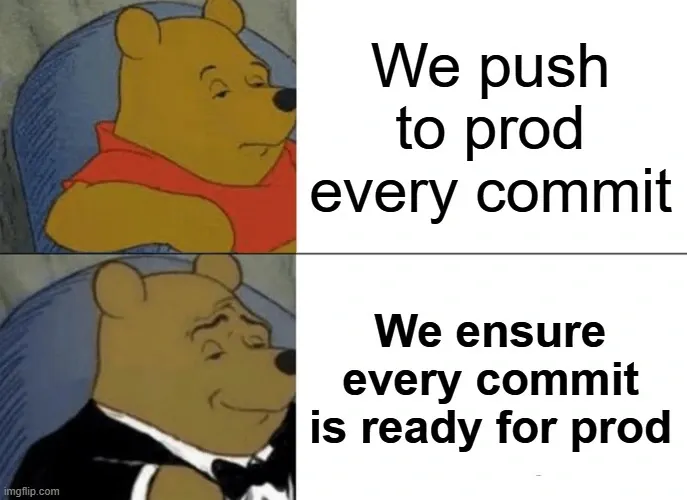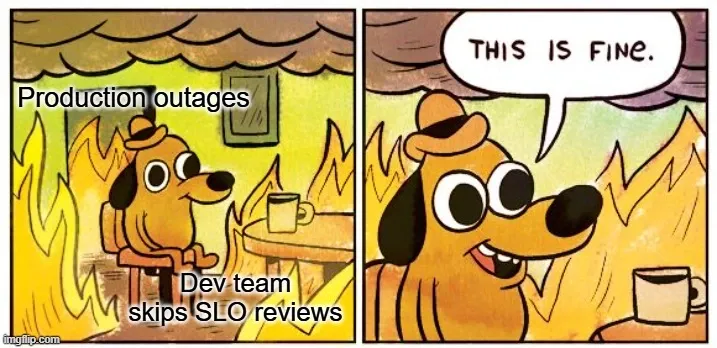Is DevOps a Culture, a Team, or Just a Fancy Word for Fixing What’s Broken?

Published on 12 August 2025 by Zoia Baletska

Ask five engineers what DevOps is, and you'll get seven different answers. For some, it's a culture shift. For others, it's a team that handles tooling. And for many leaders, DevOps is a silver bullet they hope will solve delivery delays and on-call chaos.
But here’s a deeper thought: What if DevOps isn’t a "thing" at all — but a tension to manage?
DevOps Is a Balancing Act, Not a Checklist
The real value of DevOps lies in managing contradictions:
-
Speed vs. Stability: Ship fast, but don’t break things.
-
Autonomy vs. Alignment: Let teams own their stack, but stay coordinated.
-
Tooling vs. Culture: Automate everything, but still trust humans.
These tensions don’t have easy answers — and they certainly don’t go away after “implementing DevOps.” That’s why the best DevOps transformations aren’t about buying new tools or renaming your Ops team. They’re about embracing continuous negotiation.
The moment we treat DevOps like a one-time project, we lose the point. It’s not a solution — it’s a system of tensions that smart teams learn to balance.
DevOps Metrics Should Measure More Than Output
If DevOps is about navigating tension, how do we track progress?
Traditional DevOps metrics like deployment frequency, lead time, and change failure rate matter — but they only show half the story. They reflect flow, but not friction.
You can deploy 20 times a day and still have a frustrated, overworked team.
That’s why modern engineering leaders also measure developer experience (DevEx) and team sentiment. Metrics like developer satisfaction, time in deep work, and feedback loop quality tell you where delivery pain is hiding — and where burnout is brewing.
At Agile Analytics, we merge DevOps metrics with real human feedback. We believe in measuring not just how fast teams move, but also how they feel doing it. Because faster pipelines don’t matter if your people are stuck in cognitive overload.
What Does “Doing DevOps” Even Mean in 2025?
In 2025, we’re well past the days of arguing about what DevOps “means.” The smarter question is:
How well are we balancing the contradictions that DevOps brings to light?
And even more importantly:
Are we aware of the trade-offs we’re making — or just moving fast and breaking teams?
DevOps is not a goal. It's an ongoing conversation.
The best teams don't settle the DevOps debate — they learn to live inside it. They keep the conversation going. They make it visible with data. And they adapt their org design, tooling, and feedback loops to whatever the current tension demands.
Let the Data Start the Dialogue
DevOps isn’t a team or a toolchain — it’s a mirror. It reflects how your org deals with speed, risk, trust, and accountability.
The question is: Are you looking into it?
If you’re ready to see more than just deployment stats — if you want to understand your teams’ real experience — Agile Analytics can help.
We turn DevOps metrics into people metrics. And in a world where shipping fast is easy but scaling culture is hard, that might just be the most important insight of all.
Supercharge your Software Delivery!
Implement DevOps with Agile Analytics
Implement Site Reliability with Agile Analytics
Implement Service Level Objectives with Agile Analytics
Implement DORA Metrics with Agile Analytics





